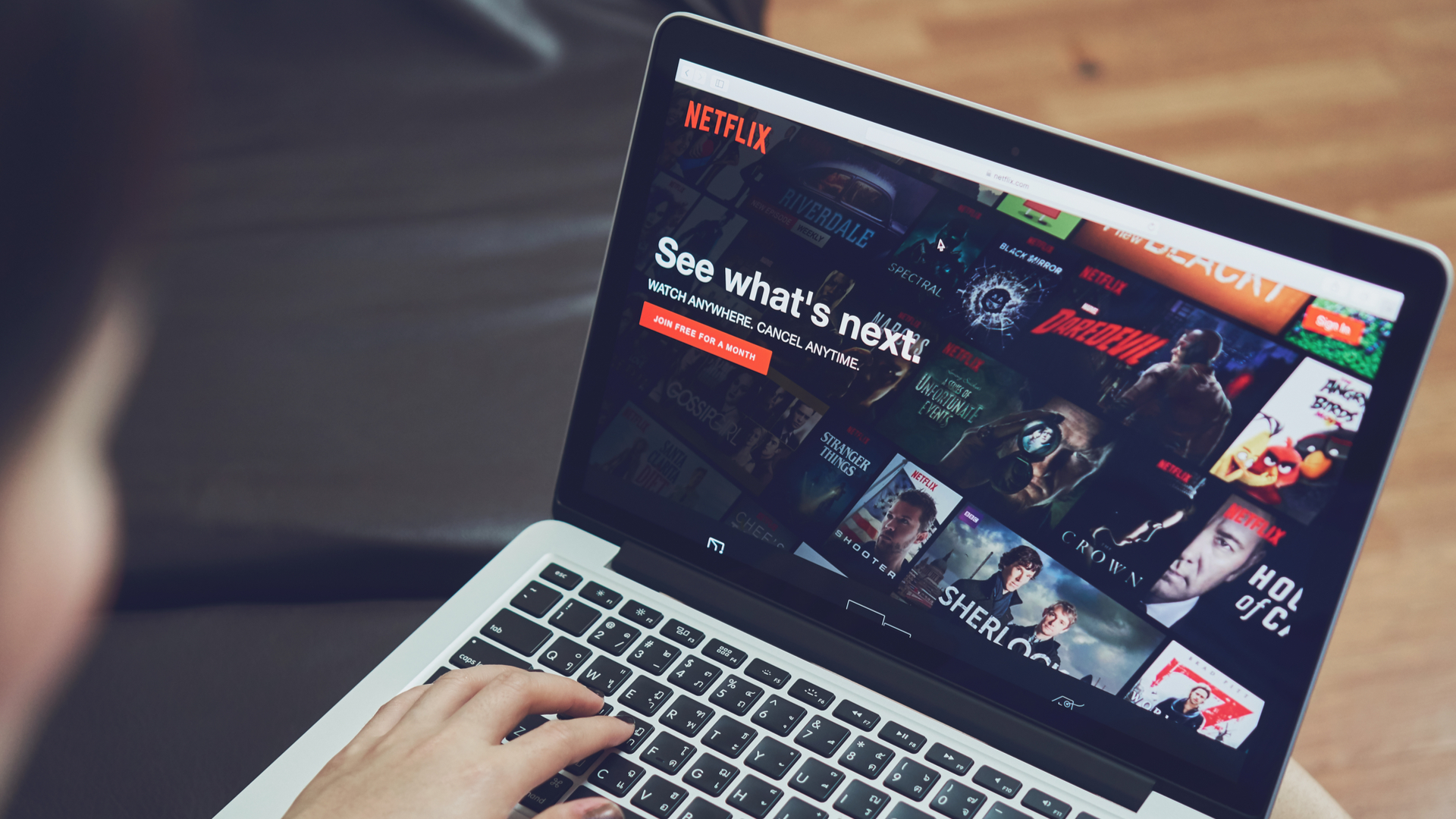
Netflix is finally getting serious about offering customers a cheaper, ad-supported subscription tier.
Speaking during a recent earnings call interview, company CEO Reed Hastings revealed that the streaming service is now “quite open” to shaking up its business model in an effort to both drive revenue and create the option of lower prices for new and existing subscribers.
The admission comes after Netflix posted quarterly subscriber losses for the first time in a decade. Since the beginning of 2022, the streamer says it has lost 200,000 paying customers – a figure expected to rise to 2 million come the end of June.
Netflix therefore believes the introduction of an ad-supported subscription tier, akin to those already offered on rival platforms like Hulu and HBO Max, could help stop the bleeding – despite the company's long-standing aversion to subscription-based advertising.
"Those who have followed Netflix have known that I'm against the complexity of advertising and I'm a big fan of the simplicity of subscriptions," Hastings told investors. "But as much as I'm a fan of that, I'm a bigger fan of consumer choice and allowing consumers who would like to have a lower price and are advertising tolerant get what they want makes a lot of sense."
As for when Netflix might introduce this new subscription tier, Hastings said: "[It’s] something we're looking at now. We're trying to figure it out over the next year or two, but think of us as quite open to offering even lower prices with advertising as a consumer choice."
Hastings also cited competing streamers by name in his justification for the move. HBO launched an ad-supported subscription tier on HBO Max last year, while Disney is planning on introducing a similar plan on Disney Plus later in 2022.
Get daily insight, inspiration and deals in your inbox
Sign up for breaking news, reviews, opinion, top tech deals, and more.
"It's pretty clear that [this model] is working for Hulu,” the Netflix CEO said. “Disney's doing it. HBO did it. I don't think we have a lot of doubt that it works. All those companies have figured it out, I'm sure we'll just get in and figure it out as opposed to [testing] it and maybe [doing] it or not [doing] it."
It’s not yet clear how much Netflix’s ad-supported subscription tier might cost, nor the parameters this more affordable package could place on the availability of content, though HBO’s model provides a useful blueprint (for prospective customers, as well as Netflix itself).
For $9.99 (around £8 / AU$14) per month, subscribers to the ad-supported version of HBO Max can access the same library of movies and TV shows as those on the standard tier, albeit without the ability to download content for offline viewing or stream it in higher quality than 1080p.
There’s been no official word yet on how much Disney’s equivalent tier will cost, though we’d anticipate similar parameters placed on the content available to subscribers.
Analysis: a long time coming
This isn’t the first time Netflix has flirted with the idea of introducing an ad-supported subscription tier on its still market-leading streaming service.
As recently as March, company CFO Spencer Neumann admitted that he could “never say never” when asked about the possibility, though he did clarify at the time that the move is “not something in [Netflix’s] plans right now."
"It's hard for us to ignore that others are doing it,” Neumann told investors, “but for now it doesn't make sense for us.”
In light of those aforementioned quarterly loss figures, though, Netflix appears to have changed its tune on the matter. The streaming giant’s share price fell close to 20% following news of its 200,000-subscriber haemorrhage, prompting a very public need for immediate action.
But Netflix intends to address its losses through other means, too. “Our plan is to re-accelerate our viewing and revenue growth by continuing to improve all aspects of Netflix – in particular, the quality of our programming and recommendations, which is what our members value most,” CEO Hastings told investors.
Earlier in 2022, the streamer also unveiled a pilot program that may soon add a $2.99 (around £2.50 / AU$4) surcharge to Netflix accounts sharing their credentials outside the main household. At the company’s recent earnings conference, it doubled down on that ambition, revealing that 100 million-plus households across the globe are currently flouting the monthly subscription fee.
Depending on your tolerance for ads and account-sharing, then, Netflix is either about to get much cheaper or slightly more expensive – the choice, ultimately, will be up to you.

Axel is TechRadar's UK-based Phones Editor, reporting on everything from the latest Apple developments to newest AI breakthroughs as part of the site's Mobile Computing vertical. Having previously written for publications including Esquire and FourFourTwo, Axel is well-versed in the applications of technology beyond the desktop, and his coverage extends from general reporting and analysis to in-depth interviews and opinion. Axel studied for a degree in English Literature at the University of Warwick before joining TechRadar in 2020, where he then earned an NCTJ qualification as part of the company’s inaugural digital training scheme.